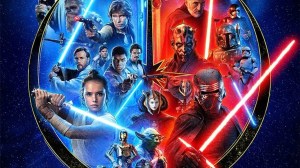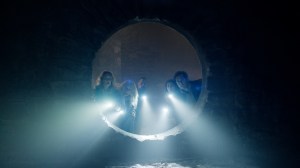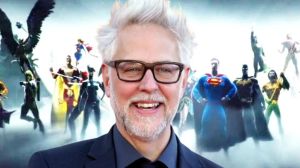2015’s Avengers: Age of Ultron is celebrating its 10th birthday this year, but it is not the happiest one due to writer-director Joss Whedon’s subsequent involvement in 2017’s Justice League. Age of Ultron followed up the monumental success of 2012’s The Avengers with Earth’s Mightiest Heroes battling the artificially intelligent foe Ultron (James Spader), who is determined to wipe out all of humanity. Despite earning $1.4 billion worldwide, Age of Ultron isn’t one of the more beloved Avengers movies, but that was before another problem later fell on its shoulders.
Videos by ComicBook.com
Joss Whedon notoriously oversaw the infamous retooling of 2017’s Justice League following Zack Snyder’s departure after a family tragedy. Theoretically, the many behind-the-scenes controversies of Justice League should seemingly have little effect on Age of Ultron. However, through a combination of certain Age of Ultron plot elements and Whedon’s involvement in Justice League, they two factors combined have actually made the second Avengers movie a much more uncomfortable superhero movie to revisit.
Age Of Ultron Makes Some Implicit Jabs At Man Of Steel
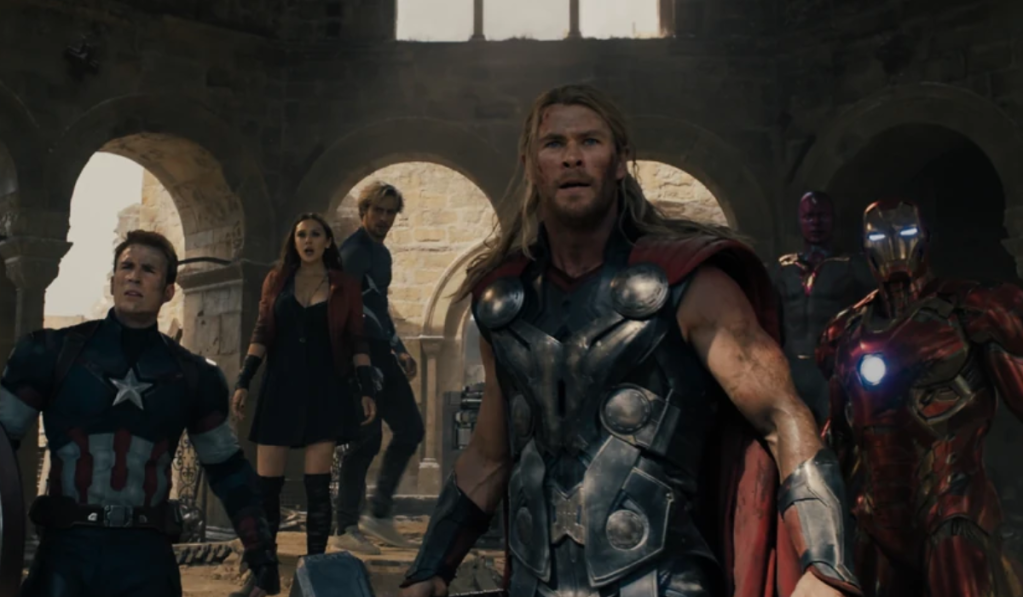
If there’s one thing that just comes with the territory of any Zack Snyder movie, it’s the inevitably polarized response between his devoted fan base and his most ardent critics. In the case of Man of Steel, the movie remains one of the most debated superhero movies of all time, with much of that steeped in the significant destruction wrought upon Metropolis in the third act and Superman’s (Henry Cavill) killing of General Zod (Michael Shannon) to stop him from murdering a terrified family with his heat vision. In the case of the former, the destruction seen throughout Man of Steel is hardly the fault of Superman himself, as it is clearly rained down upon the world by the Kryptonian World Engine as part of Zod’s plot to terraform Earth into a new Krypton. However, the Kryptonian fight scenes in Man of Steel also cause quite a bit of damage, with many detractors complaining that Superman doesn’t spend enough time trying to get civilians out of harm’s way.
Snyder’s fans frequently counterargue that there are many instances of Superman explicitly saving civilians in Man of Steel, along with pointing out the difficulty and impracticality that even Superman faces in trying to move bystanders out of harm’s way at the same time that he is forced to battle Kryptonians with powers and strength equal to his own. Wherever one falls in the debate over Man of Steel‘s destruction, Joss Whedon was seemingly among the detractors and used the finale of Avengers: Age of Ultron as a rebuttal of sorts to Man of Steel. As the Avengers’ showdown with Ultron in Sokovia is about the begin, Captain America (Chris Evans) monologues that the populace of Sokovia didn’t sign up for the battle like the Avengers did, and admonishes the team to get the population of the city out of harm’s way before the Avengers face Ultron and his mechanized army.
That task becomes much more complicated when Ultron rips the entire city out of the ground with levitation technology he had developed, intending to crash the city back into Earth like an asteroid to wipe out all of humanity. Amid the stalwart resolve of the Avengers and their willingness to sacrifice themselves to stop Ultron, Nick Fury (Samuel L. Jackson) and the remnants of S.H.I.E.L.D. arrive with the S.H.I.E.L.D. helicarrier, enabling the Avengers to evacuate the civilians of Sokovia out of harm’s way before turning their attention to putting a stop to Ultron.
With Age of Ultron arriving in theaters two years after Man of Steel and with debate of the latter’s controversial level of destruction still very fresh, it’s easy to read between the lines that Whedon was making some barely veiled criticisms of Snyder’s film. Of course, one could argue that even in that, Whedon’s criticisms don’t stand up, given that the Avengers have significant time to prep for the battle with Ultron (along with the S.H.I.E.L.D. helicarrier to evacuate civilians onto), compared to the much more immediate threat of Zod’s army and the World Engine that Superman was facing. Nonetheless, Age of Ultron‘s subtext is one that endorses criticisms leveled at Man of Steel, which only gets more uncomfortable with Whedon’s later involvement in 2017’s theatrical version of Justice League.
[RELATED: 5 Avengers Characters Ruined by the Marvel Movies]
Joss Whedon Was A Key Player In The Justice League Controversy (Including In His Treatment Of The Cast & Crew)

The troubled production of Justice League is awash in controversy as few superhero movies have ever been, beginning with Zack Snyder’s departure from the movie after the tragic death of his daughter. Joss Whedon stepped into Snyder’s place, with the official word from Warner Bros. being that Whedon was simply overseeing some minor reshoots and essentially getting Snyder’s intended vision of Justice League over the finish line, even amid rumors that the divisive reaction to Snyder’s Batman v Superman: Dawn of Justice had given the studio second thoughts on Snyder’s vision for the DCEU. The version of Justice League released into theaters in November of 2017 made clear that the studio-mandated, Whedon-directed reshoots had altered the movie far more significantly than what Warner Bros. had admitted to, a fact made even more clear with the eventual release of the Snyder Cut of the movie, titled Zack Snyder’s Justice League, in 2021. The night and day difference between the two versions of Justice League wasn’t the only controversy surrounding the movie, with Whedon’s on-set conduct bringing to light just how ugly the behind-the-scenes situation had gotten.
Cyborg actor Ray Fisher was the first member of the Justice League cast to shine a light on the reshoots, with Fisher describing Whedon’s conduct to the cast and crew as “gross, abusive, unprofessional, and completely unacceptable.” Gal Gadot also shared her own negative experiences with Whedon, stating that he had made threats to her career after behind-the-scenes disputes between the two. Multiple other Justice League cast and crew members have shared stories of the negative experience of the movie’s reshoots, but where it really begins to put Age of Ultron in a negative light is in Whedon’s confrontations with Gadot, who reportedly refused to film the theatrical cut’s scene in which the Flash (Ezra Miller) faceplants onto Wonder Woman’s chest. Gadot’s body double was used in her place, and the scene rather overtly mirrors of a scene in Age of Ultron where Bruce Banner (Mark Ruffalo) faceplants on the chest of Natasha Romanoff (Scarlett Johansson).
Additionally, Whedon reportedly made his disdain for Snyder’s work known to the cast and crew of Justice League during the reshoots, as revealed by Kevin Smith. According to Smith on his Fatman Beyond podcast, he had heard from visual effects artists who had worked on both versions of Justice League that “there was, like, a fair amount of trashing of Zack’s version of the movie on set by Joss.” In the end, even Whedon himself seemingly has little affection for the version of Justice League made under his watch, with Whedon describing his involvement with the movie as “one of the biggest regrets of his life” in an interview with Vulture (the “I tried” sign resting by the feet of a homeless man just after Whedon’s credit in Justice League‘s opening credits has been widely interpreted as Whedon throwing up his hands on a movie he came to see as a lost cause.) While all of these controversies cast the Justice League reshoots in a highly negative light, they also retroactively make Age of Ultron a much more unpleasant Marvel movie to revisit.
Joss Whedon’s Involvement In Justice League Makes Age Of Ultron‘s Man Of Steel Criticisms Much More Distasteful
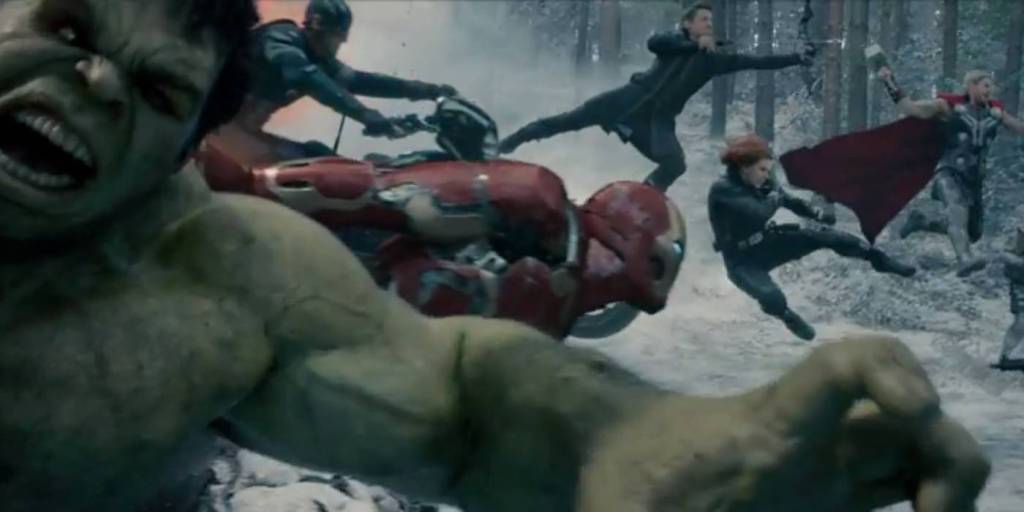
Whatever the opinions that Joss Whedon or any lay person may hold towards Man of Steel or Zack Snyder’s filmography, they are simply opinions of movies that anyone is entitled to hold. However, the fact of Whedon’s centralized involvement in the dismantling of Justice League can’t help but make his apparent dislike of Man of Steel come across as far more petty, hurtful, and in Ray Fisher’s own words, unprofessional, given the circumstances of the situation. The fact that Snyder’s movie was being so heavily altered in his absence at the same time that he was grieving the loss of his daughter makes the Justice League reshoots an extremely raw and distressing topic, and one that inspired understandable outrage among Snyder’s fans against the contrast of Warner Bros.’ insistence that Whedon was simply finishing Snyder’s movie. However, Whedon’s role in the Justice League reshoots indicates that he effectively transplanted his criticisms of Snyder’s DCEU movies seen in Age of Ultron into one of Snyder’s own DCEU movies.
It’s one thing for Whedon to have used Age of Ultron as a vehicle to criticize elements of Man of Steel that he didn’t like. It’s quite another for Whedon to have subsequently boarded Snyder’s Justice League film after his departure and actively participate in the movie being warped into a completely unrecognizable Frankenstein’s monster. Whedon’s inclusion of the Russian family hiding from Steppenwolf (Ciarán Hinds), whom the Flash rescues in the final battle, also might have been an effort on Whedon’s part to rebut criticisms that Age of Ultron faced. Fisher has also claimed that many of Whedon’s rewrites were an effort on his part to respond to audience members who didn’t “get” Age of Ultron, and with that film’s heavy emphasis on civilian evacuations, the Russian family of Justice League‘s theatrical cut seems like an awfully on-the-nose parallel.
Add in Whedon’s reported mistreatment of Justice League‘s cast and crew, his on-set trash-talking about Snyder’s version of the movie to Snyder’s own cast and colleagues, and the Flash falling on Wonder Woman, the second Avengers movie carries some remarkably unflattering elements through no fault of its own. In the end, the release of Zack Snyder’s Justice League ultimately resulted in a happy ending for the movie, with a far more positive all-around reception, and interest in the movie’s cliffhangers remains alive and well to this day. The same, sadly, cannot be said of Avengers: Age of Ultron, a movie whose implicit digs at Man of Steel have since come to feel far more obnoxious, awkward, and unpleasant with the knowledge of what Whedon would go on to do on the version of Justice League that was released into theaters.
Avengers: Age of Ultron is available to stream on Disney+.

